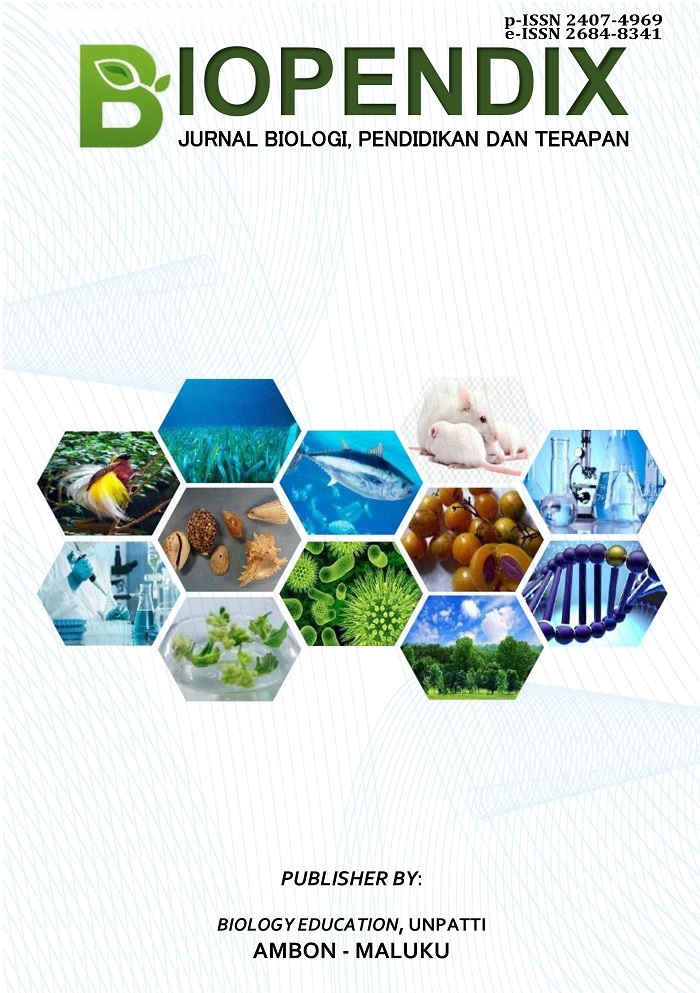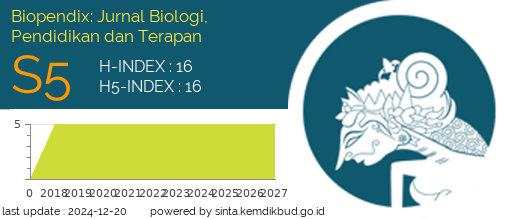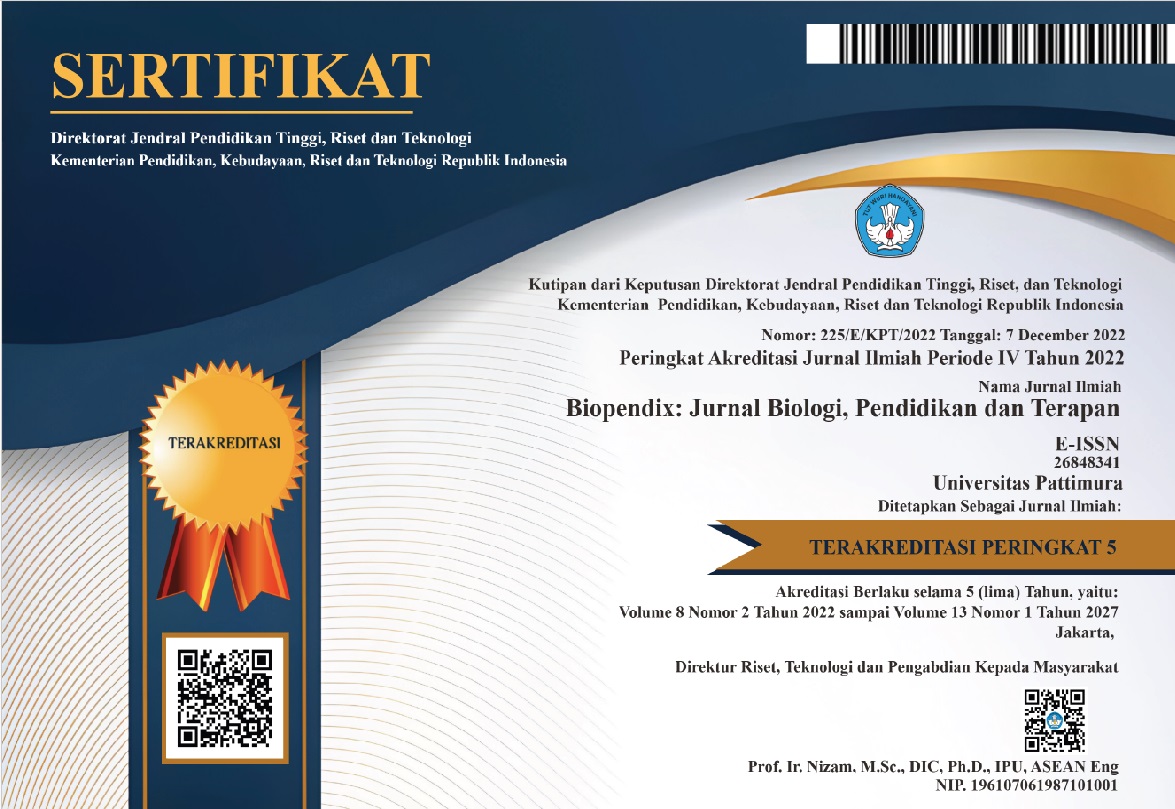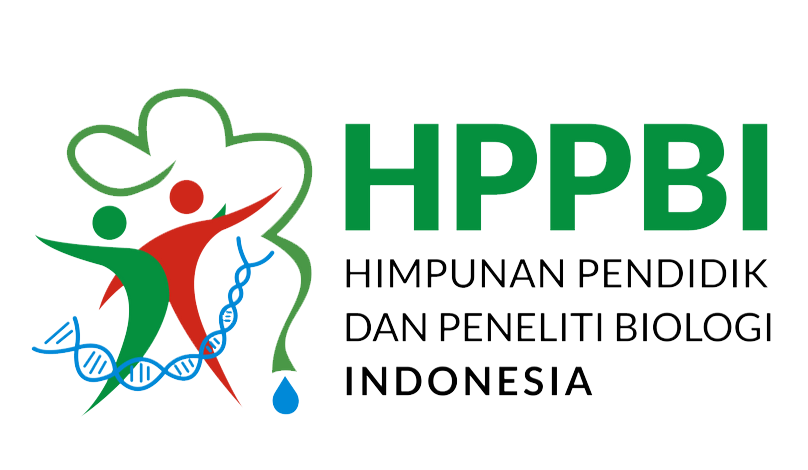Organoleptic Test and Analysis of Vitamin C Content of Red Snake Fruit Jelly (Salacca edulis Reinw)
Abstract
In Maluku, the salak center is on Ambon Island, namely Soya, Hatalai, Wakal, Amahusu, and Hative Besar Villages, and also on Seram Island, namely Piru, Taniwel, Riring Villages. Salak in West Seram Regency is one of the native salak cultivars of Maluku. This is because this cultivar has a red fruit appearance and a sweet and sour taste. Organoleptic of red snake fruit jelly candy on the color parameter the highest value on a scale of 4 with a total of 11 panelists, who really like the brownish red color with an average of (3.92), the taste parameter the highest value on a scale of 4 with as many as 16 panelists who like the sweet taste typical of red snake fruit with an average of (4.00), the aroma parameter the highest value on a scale of 4 as many as 10 panelists who like the fragrant aroma typical of red snake fruit, with an average of (3.60), the texture parameter the highest value on a scale of 5 as many as 12 panelists who like a very soft and chewy texture, with an average of (4.12) and the average vitamin C content in red snake fruit jelly candy is 4.58 mg/100g.
Downloads
References
Ahmad, L., Une, S., & Bait, Y. (2019). Karakteristik Komponen Gizi, Antioksidan,dan Respon Organoleptik Bubur Jagung Tradisional Gorontalo dengan Ekstrak Daun Kersen (Muntingia calabura L.). AgriTECH, 38(4), 463-468. http://doi.org/10.22146/agritech.24739
Apriani, Sri devi, Yohana K. D, and Oke A.L. (2019). Kajian formulasi agar-agar dan gula terhadap mutu permen jelly buah lakum (Cayratia trifolia (L.) Domin). Jurnal Sains Pertanian Equator 8(3). https://doi.org/10.26418/jspe.v8i3.34141
Asrina, J., dan Fadilah, R. (2021). Kualitas keripik salak (Salacca zalacca) pada berbagai variasi temperatur dan waktu selama penggorengan hampa udara. Jurnal Pendidikan Teknologi Pertanian, Vol. 7, No. 1, Hal. 67–78. https://doi.org/10.26858/jptp.v6i2.12434
Bagus, R., Astomo, W., Syahputra, A., Mahmudah, A., & Surabaya, U. M. (2023). Talak Organik Wonosalam: Produk Inovasi Teh Dari Limbah Kulit Salak Untuk Umkm Desa Wonosalam Kabupaten Jombang. Jurnal Abdikarya, 5(1), 1-10. https://doi.org/10.47080/abdikarya.v5i1.2389
Dewi, Y. S. K., & Lestari, O. A. (2017). Permen Jelly Kaya Nutrisi dari Alam
Elly, S. S., Watuguly, T. W., & Rumahlatu, D. (2018). Genetic diversity of Salacca edulis Reinw from west seram district, maluku, Indonesia based on morphological 29 characters and RAPD profiles. Biodiversitas, 19(5), 1777–1782. https://doi.org/10.13057/biodiv/d190526
Fatmawati, F., Halik, A., Sutanto, S., Laga, S., & Pance, Y. (2022). Studi Formula Permen Jelly Gelatin Dengan Buah Naga Merah Hylocereus polyrhizus L. Jurnal Ilmiah Ecosystem, 22(2), 267-277. https://doi.org/10.35965/eco.v22i2.1522
Harijono, J. Kusnadi, and Setyo A. Mustikasari. (2001). Pengaruh kadar karaginan dan total padatan terlarut sari buah apel muda terhadap aspek kualitas permen jelly. Jurnal Teknologi Pertanian, 2(2) : 110-116.
Herawati, W., Amurwanto, A., Nafi’ah, Z., Ningrum, A. M., & Samiyarsih, S. (2018). Variation analysis of three anyumas local salak cultivars (Salacca zalacca) based on leaf anatomy and genetic diversity. Biodiversitas, 19(1), 119–125. https://doi.org/10.13057/biodiv/d190118
Mayasari E, Rahayuni T, Erfiana N. (2020). Studi pembuatan permen jelly dari kombinasi nanas (Ananas comosus L.) dan jeruk sambal (Citrus microcarpa). Jurnal Ilmu dan Teknologi Pangan. 6:749-756. https://doi.org/10.29303/profood.v6i2.146
Nuh, M., Barus, W.B.J., Miranti., Yulanda, F., Pane, M.R., (2020). Study Pembuatan Permen jelly dari Sari Buah Nangka. Jurnal Teknologi Hasil Pertanian 9(1):193-198
Pangalila A. Grace., Erny J. N. Nurali., dan Jan R. Assa. (2021). Pengaruh Konsentrasi Gelatin Dan Sukrosa Terhadap Kualitas Fisik, Kimia Dan Sensoris Permen Jelly Tomat.
Rahayu Fitriana, I., &Khanifah, F. (2020). Analisis Kandungan Vitamin C Pada Buah Sawo (Achraszapota) Berdasarkan Lama Penyimpanan. In Jurnal Insan Cendekia Vol. 7(1).34-39
Rosida, Dedin Finatsiyatull, and Arum saka Arina Taqwa. (2019). Kajian pengembangan produk salak senase (Salacca zalacca (Gaert.) Voss) Bangkalan Madura sebagai permen jelly. Jurnal Agroteknologi 13.1: 65-74. https://doi.org/10.19184/j-agt.v13i01.10874
Sari, R. (2016). Pengaruh Konsentrasi Gula Dan Suhu Pengeringan Terhadap Karakteristik Jelly Instan Lidah Buaya Instan (Aloa Vera).
Setiawati, V. R., & Cendana, S. (2023). Chemical, physical and organoleptic quality test of seaweed (Eucheuma cottonii) jelly candy. Journal of Agritechnology and Food Processing, 3(1).23 33.https://doi.org/10.31764/jafp.v3i1.13554
Smith, Alwi, Sintje Liline, and Solagratia Sahetapy. (2023). Analisis Kadar Abu Pada Salak Merah (Salacca edulis Reinw) Di Desa Riring Dan Desa Buria Kecamatan Taniwel Kabupaten Seram Bagian Barat, Provinsi Maluku. biopendix: Jurnal Biologi, Pendidikan dan Terapan 10(1): 51 57. https://doi.org/10.30598/biopendixvol10issue1page51-57
Tantrayana, Putu .B, and Elok Z. (2015). Karakteristik Fisik- Kimia dari Ekstra Salak Gula Pasir dengan Metode Meserai. Jurnal Pangan dan Agroindustri 3(4).
Wastawati, W., & Marwati, M. (2019). Pengaruh suhu dan lama pengeringan terhadap sifat kimia dan sensoris manisan kering buah tomat (Lycopersicum commune L.). Journal of Tropical AgriFood, 1(1), 41-47. http://dx.doi.org/10.35941/jtaf.1.1.2019.2412.41-47
Wulandari, H. P., & Afrianti, L. H. (2016). Pengaruh Konsentrasi Sukrosa dan Konsentrasi Agar-agar Terhadap Karakteristik Permen Lunak Salak Bongkok (Salacca edulis Reinw Reinw).
Copyright (c) 2025 Alwi Smith, Ritha Karuwal, Eifan Boyke Pattiasina, Rufiati Simal

This work is licensed under a Creative Commons Attribution-ShareAlike 4.0 International License.
Authors who publish with this Journal agree to the following terms:
- Author retain copyright and grant the journal right of first publication with the work simultaneously licensed under a creative commons attribution license that allow others to share the work within an acknowledgement of the work’s authorship and initial publication of this journal.
- Authors are able to enter into separate, additional contractual arrangement for the non-exclusive distribution of the journal’s published version of the work (e.g. acknowledgement of its initial publication in this journal).
- Authors are permitted and encouraged to post their work online (e.g. in institutional repositories or on their websites) prior to and during the submission process, as it can lead to productive exchanges, as well as earlier and greater citation of published works





 2
2






